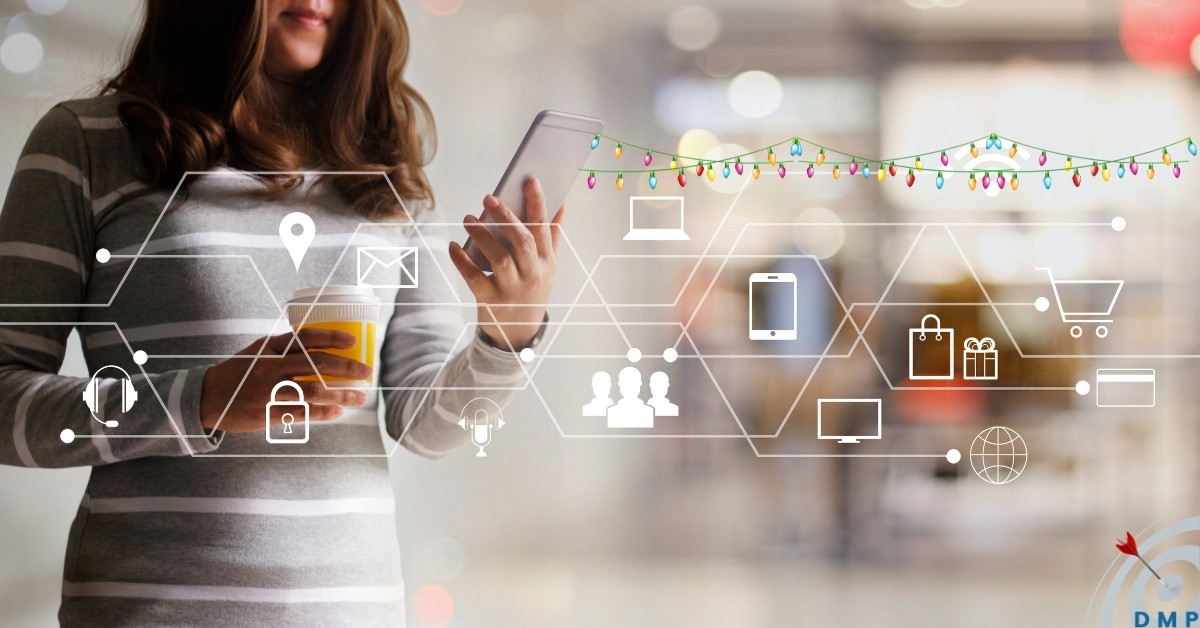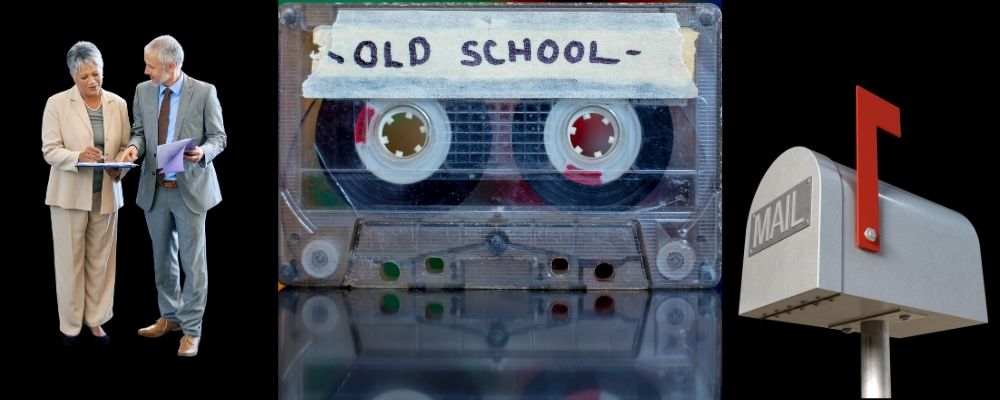|
Listen to the Article Here
|
A series of surveys conducted by Google and BCG shed light on consumer shopping behavior to better predict 2021 holiday shopping trends.
Omnichannel
Expect shoppers this season to be more omnichannel – a unified experience for shoppers across all channels/touchpoints.
We all know about the massive shift this past year to online shopping. However, only 14% of shoppers in the USA reported they will not shop brick-and-mortar stores this holiday season – That means we can expect 86% of shoppers planning to shop in-store.
As we shift back to in-store shopping, the role of digital remains a integral part of consumers’ shopping experience, regardless of where they end up shopping.
Suggestions for Retailers
Showcase shopping options to consumers touching on four primary consumer motivations with the goal of leading them to your store. For example, immediacy and convenience may be a primary driver for consumers of certain product categories. The surveys indicate that grocery, beauty, toiletries, pet care, home improvement, small appliances, and auto parts are categories where convenience and immediacy matters to 40% of survey respondents.
For other categories, or if you fall into multiple categories, consider pairing experience with product trial, or something like curbside pickup (convenience), or highlighting a digitally-enabled experience you provide (virtual try-on or product trials for beauty or home products).
Consider e-Commerce Fulfillment Economics & ROI
The research conducted by BCG & Google speaks to differing fulfillment needs reported by consumers based on product categories. For example, can a retailer increase fulfillment expediency for certain high-urgency products – the research points to appliances as being reported not delivered quickly enough – and reduce expediency for non-urgent items to both enhance the customer experience and maintain the cost of goods sold?
The Mobile-Friendly Experience
Shoppers remain being “mobile first”, which more true the past year. The research shows more than 25% of online shoppers did so via mobile, and hitting as high as 40%+ for the grocery category. Understand that those percentages are about actually shopping on mobile, and does not reflect mobile’s prominence in product/service research, even when at a store.
Retailers may want to consider how apps may enhance their market share and sales.
Existing Customer Loyalty and Winning New Customers
According to the surveys and research, on average, 64% of existing customers engaged with a digital touch-point during their purchase journey. Contrast or compare that with 80% of new customers engaged with a digital touch-point during their purchase journey. (Read the original source article here.)
Suggested Reading – “Can Mom and Pop Retailers Compete with Amazon in 2021?“




